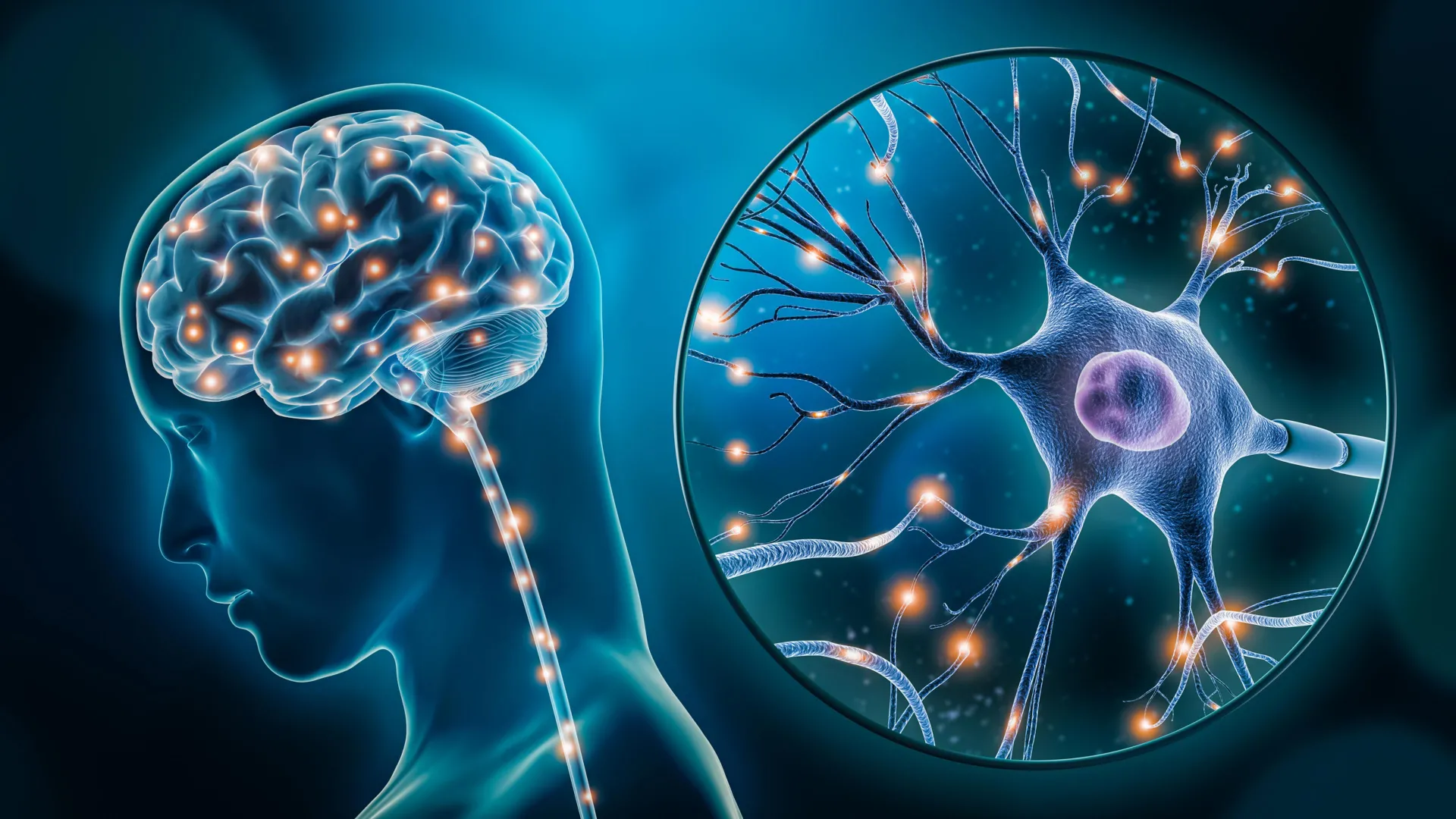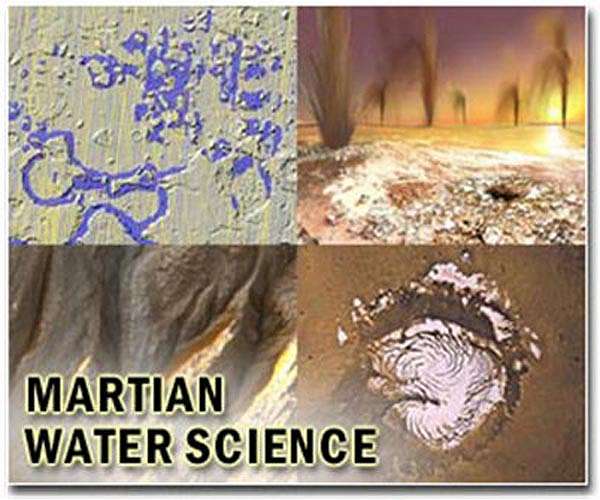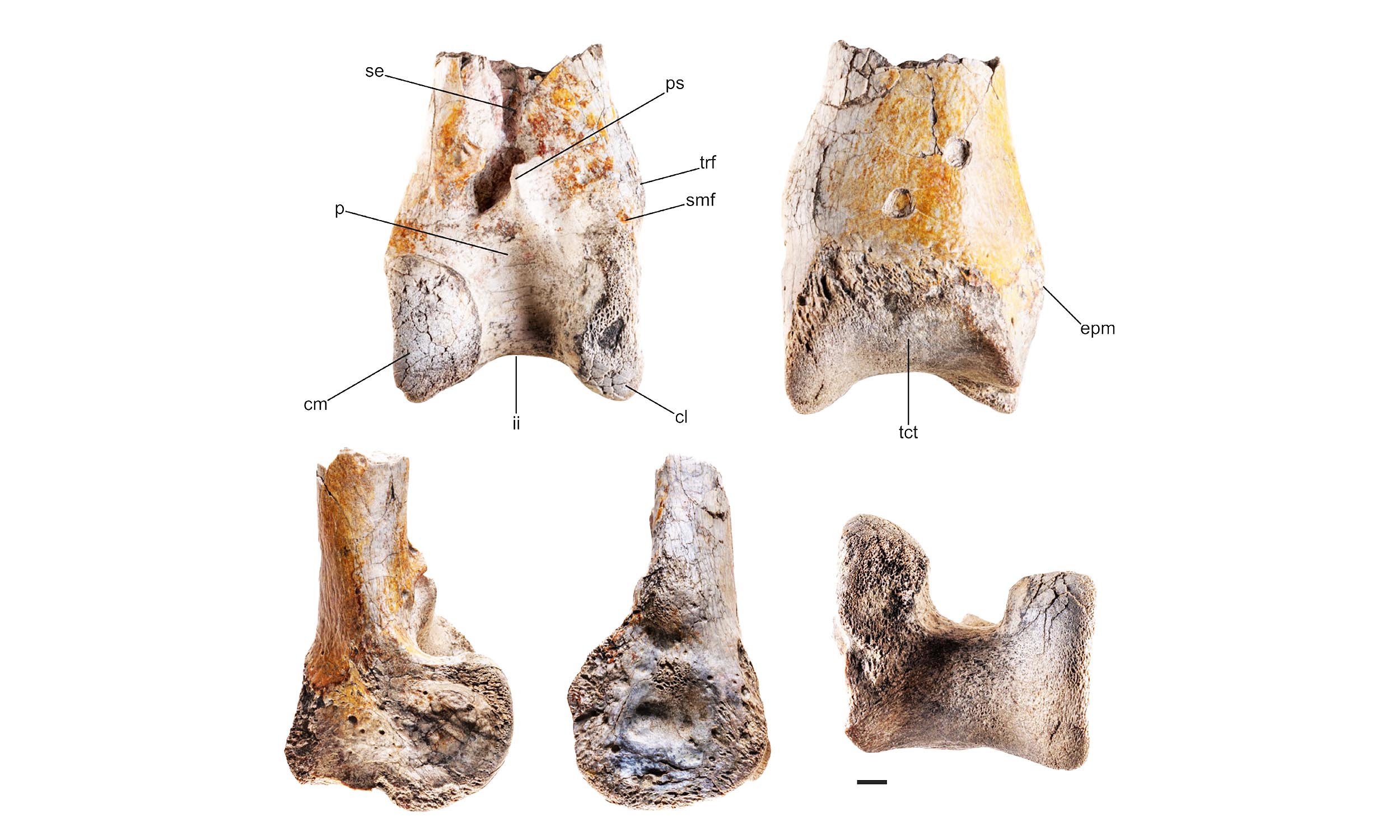Topline
Are you ready to spot two green comets? Visible in the pre-dawn hours for some weeks, the brightest of two comets now in the night sky — Comet Lemmon — on Sunday, Oct. 12, 2025, should become easier to see after its dimmer appearance…

Are you ready to spot two green comets? Visible in the pre-dawn hours for some weeks, the brightest of two comets now in the night sky — Comet Lemmon — on Sunday, Oct. 12, 2025, should become easier to see after its dimmer appearance…

Scientists at McGill University and the Douglas Institute have discovered that two distinct types of brain cells show changes in people experiencing depression.
Published in Nature Genetics, the research provides new clues that could guide the…

Scientists at McGill University and the Douglas Institute have discovered that two distinct types of brain cells show changes in people experiencing depression.
Published in Nature Genetics, the research provides new clues that could guide the…

In a striking spectacle lighting up night skies across the world, Elon Musk’s Starlink satellites are reentering Earth’s atmosphere in growing numbers, burning up like fiery streaks. Experts have confirmed that several of these…

The dairy industry has been plagued by a persistent global problem for decades – bacterial infection of cow udders that significantly reduces milk production.
The condition, known as bovine mastitis, is estimated to cause annual…

Michigan State University scientists have pinpointed the molecular “switch” that supercharges sperm for their final sprint to an egg – a breakthrough that could reshape infertility treatments and pave the way for safe, nonhormonal…

Martian craters record repeated ice ages as planetary ice stores dwindle
by Riko Seibo
Tokyo, Japan (SPX) Oct 10, 2025
Scientists have long debated how much water Mars once held and how it faded to today’s arid world. A new study in…

Twelve million years ago, a huge flightless predator known as a “terror bird” sprinted across tropical floodplains in what is now central Colombia.
Archaeologists discovered a single broken leg bone – evidence that turns a fragment into a…

The first charged aerosol detector (CAD) was introduced in 2005. Nearly twenty years later, this near-universal detector has become an indispensable tool in the analytical chemist’s quantitative arsenal. This paper explores the CAD’s origin…